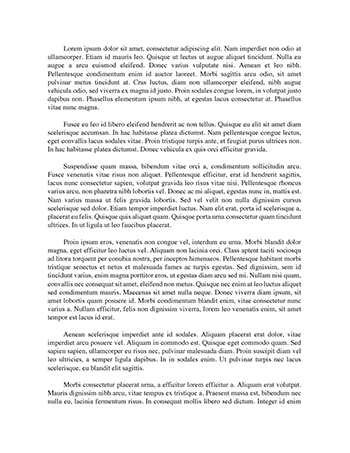mla
Suppes, T., Leverich, F., Keck, P., Nolen, W., Denicoff, K., Altshuler, L., et al. (2001). The Stanley Foundation Bipolar Treatment Outcome Network II: Demographics and illness characteristics of the first 261 patients. Journal of Affective Disorders, 67, 45-59.
Wozniak, J., Beiderman, J., Kiely, K., Ablon, J., Faraone, S., Mundy, E., et al. (1995). Manic-like symptoms suggestive of childhood-onset bipolar disorder in clinically referred children. Journal of the American Academy of Child and Adolescent Psychiatry, 34, 867-876.
Youngstrom, E., & Duax, J. (2005). Evidence-based assessment of pediatrie bipolar disorder, Part I: Base rate and family history. Journal of the American Academy of Child and Adolescent Psychiatry, 44(7), 712-717.


